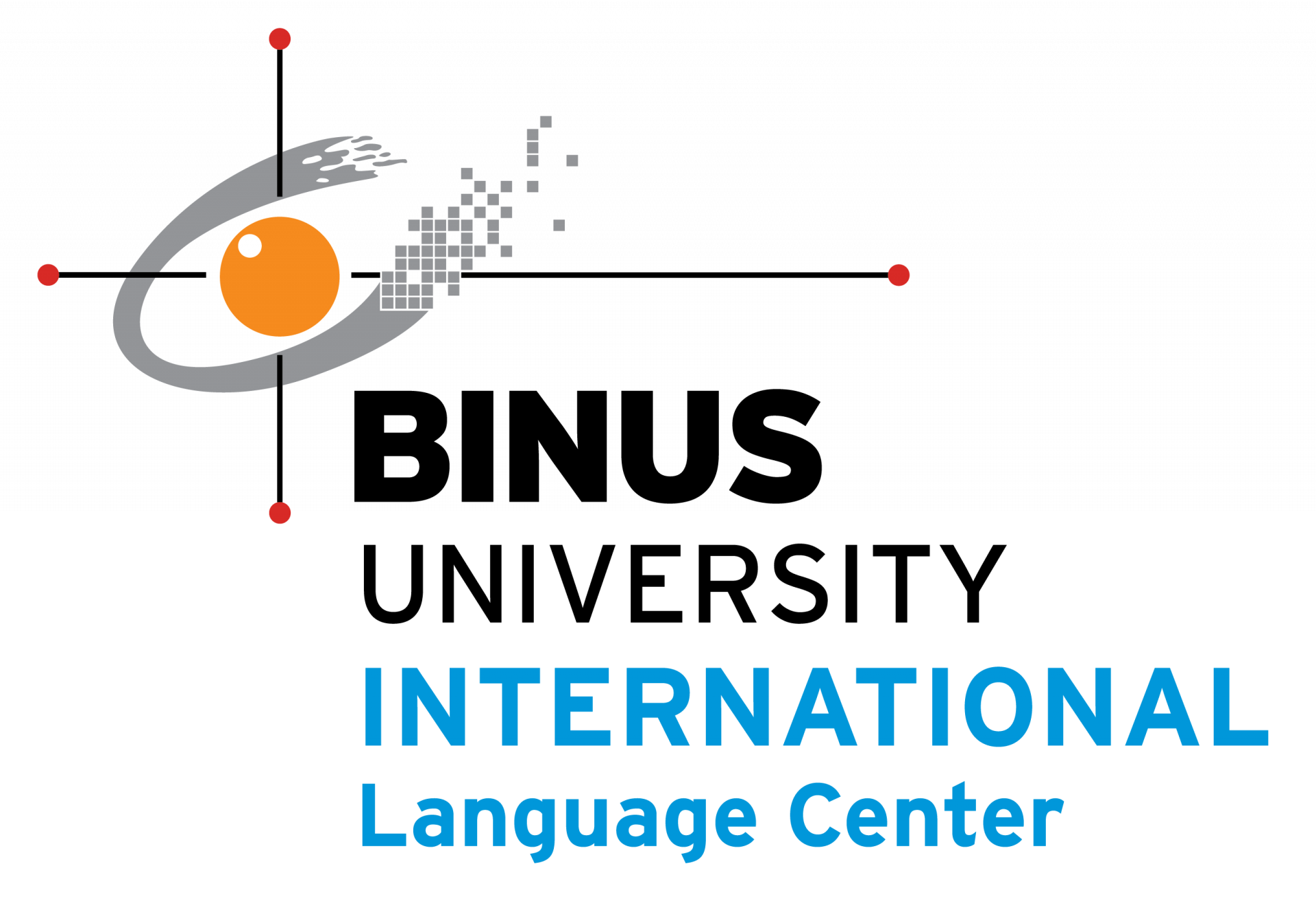Ponderings from a Proofreading Perspective 1 – Numbers
Proofreading, for those who don’t know, is the practice of reading and checking work for another writer to ensure that it meets the standards of readability and comprehension. The Language Center@Senayan is responsible for proofreading on the Senayan campuses. Proofreading jobs vary from paper to paper and author to author. Some days we will be looking at marketing materials, or internal university documents, while other days we might be proofreading an academic paper on sustainable investments. It is fair to say that it is not the most exciting job in the world, but it is an interesting combination of destruction and construction. Sometimes we have to delete entire sentences or paragraphs as the author may be repeating a point they already made earlier. Usually, it is a case of deleting and replacing words with more specific and descriptive alternatives. We also have to construct bridges between concepts that might be clearly linked in the author’s mind, but the link didn’t materialize into their words.
The job is a mix of logic and art, in that we are constantly checking to ensure the text is logical and adheres to the many rules of the English language, while we are also seeking to render the meaning in as few words as possible, to make sure the reader follows the narrative (or ‘story’) of the text. This can mean that we are fixing sentences grammatically, but simultaneously we are seeking to enhance the innate beauty of the language being used.
English has a massive vocabulary, and it can be a joyful feeling getting to use words that perfectly suit the occasion. This is where the construction part comes into play. Growing up with a language, reading it and being immersed gives you a passive vocabulary that you may not be able to use in day-to-day conversation (people would think you swallowed a dictionary), but that can sum up a complicated concept in a word or short phrase beautifully. It can be a pleasure to tidy up unnecessary, redundant words and replace them with a word or phrase that succinctly performs the same task.
Numbers
So, how can second language speakers write effectively in English? Well, one way is to recognize the differences between Bahasa Indonesia and English. Let’s start with numbers. In Bahasa Indonesia, decimal numbers are always written following a comma, so if I wanted to write 3 1/3 (three and one third) as a decimal number it would be 3,33333. However, in English, the same number would be written 3.33333. It may not seem like a huge difference, but it can greatly change the meaning if you use the Indonesian version in English. Basically, anywhere you use a period in Bahasa Indonesia, it should be replaced by a comma (and vice versa) in English. For instance, 5.333 is 5 1/3 (5 and one third) in English and ‘five thousand three hundred and thirty three’ in Bahasa Indonesia. Equally, 1,256 is a very small number in Bahasa Indonesia (just over one and a quarter) but is ‘one thousand two hundred and fifty-six’ in English.
It works out as quite an easy rule.
English (,) = Indonesian (.)
English (.) = Indonesian (,)
This is a good thing to know when checking statistics and data as we get so used to seeing it in our own format that we might not notice it is incorrect in the English context.
Next we will look at the way we write ordinal numbers (angka ordinal). Many second language speakers of English see that ‘th’ is often used to show a date. So, we might say “the 5th of June”. However, we use ‘st’, ‘nd’, ‘rd’ to denote 1st, 2nd, 3rd before we use ‘th’ for 4th. We keep using ‘th’ until we get to 21st and then we go back to the same pattern as before: 21st, 22nd, 23rd, and back to 24th. So, while the majority of the ordinal numbers end with ‘th’, there are three more ways of writing dates in English. It is also quite common to see ‘43th Anniversary’ when Indonesians write in English. This is obviously incorrect and should be 43rd, but many people think that the ‘th’ refers to tahun (or year).
Another common confusion for Indonesian speakers of English is the way we describe the time to each other. In Bahasa Indonesia, setengah tujuh pagi is 6.30 a.m. However, in English ‘half seven’ is 7.30 (a.m. or p.m.). People in English will say, ‘a quarter after six’ (American) or ‘a quarter past six’ (British), but this is less common in Bahasa Indonesia where people are more likely to say ‘enam lima belas’.
Still on the number theme, in Bahasa Indonesia, the word unik describes something that is rare or special. However, in English, ‘unique’ means that there is only one of something in the world. Of course, being unique is special, but we cannot say that something is ‘very unique’ in English since the word unique is special enough on its own. For instance, each human being is unique (which is amazing), but there are 7 billion of us so that doesn’t make any one of us particularly ‘special’.
These are a few of the ways in which the two languages differ in terms of numbers. If we are aware of differences, it can help us identify when we are most likely to make mistakes, and slow down to make sure we get it right.

